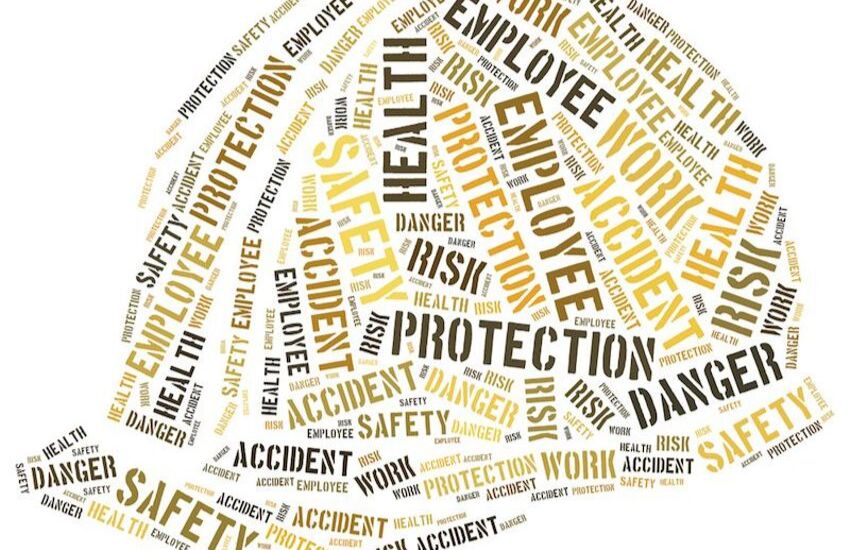Risk Assessment In Supply Chain
Conducting risk assessments in the supply chain is important!
Do you have an active approach towards risk management running your business and supply chain?
Ignoring the existence of risk, taking risk and see how it plays out could be extremely damaging and put a company out of business.
It should all start by developing an active approach towards risk by evaluating risks in detail and performing active risk management.
A few simple but important questions
A first approach could be to start asking a few simple questions. What and where is your risk during hazardous goods storage and transportation? What are the incoterms used? Is your name mentioned on the shipping documents? How are you involved in the system, are you an owner, shareholder, operator, technical support provider, or user? How will an incident impact your business and public image?
Even if based on incoterms or contract terms you are not responsible, you can face severe cost and risk as a consequence of a third party. Just look at all the business, port, and terminal closures after the Tianjin incident in China.
Implement a safety culture
This active approach should start by creating a safety culture behavior from the top down. Managers should be responsible to develop high standards, communicate, face risks and Involve everybody in the company. The Supervisors should then create HSE excellence, encourage staff, boost risk awareness and get all staff involved. Everybody in the organization should abide by all rules, report issues, be conscientious, and participate.
Do a proper risk assessment
Even with proper regulations in place and companies that enforce those regulations, incidents still happen. That is why many companies have developed their own systems to assess risk. Implementation differs at each company due to business activities and size, for example, but often companies that have had bad experiences tend to have more stringent risk assessment procedures in place as they understand the impact of an incident on their business.
Areas of risk such as design, equipment, procedures, and people all need attention, especially the last two, since most accidents are caused by human error. This shows the importance of experience, training, procedures, processes, and the use of checklists.
Conclusion
It is dangerous to rely on others, so do your own risk assessment without any commercial influence. Audit, exercise, and frequent testing of your system are crucial.
Photo Credit: Shutterstock

